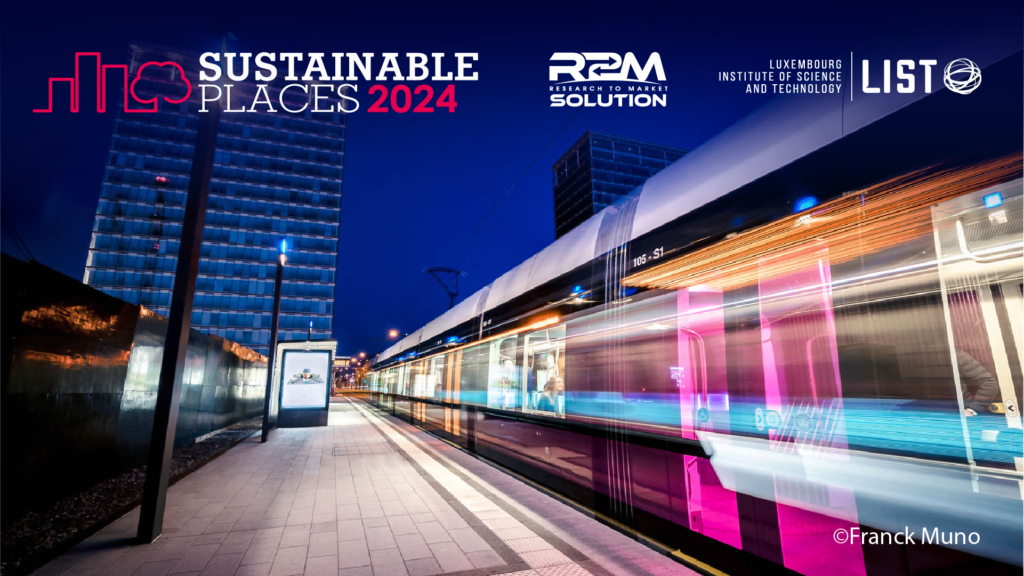The impact of optimised set-values in secondary school-buildings” Branca Delmonte and Stefan Maas, University of Luxembourg
Wednesday 25 September 2024 | 09:00-10:30 | Briefing Room FR | Paper Session| Hybrid

Worldwide effects of climate change are increasingly apparent, while decarbonisation strategies are struggling to reach the targets. Responsible for almost one-third of the global CO2 emissions, the existing building stock presents great potential for energy savings in operation, especially in the non-residential sector. In this work, we explore the capability of combining technical and behavioural approaches to reduce energy consumption in the short term, i.e. without major renovations, while keeping comfort standards high. The methodology is based on the concept of understanding the complex stakeholder chain. The different players must be prepared through specific activities adapted to their level of influence and knowledge they have with regard to building technical installations and energy consumption. These activities are followed by an energy audit, where the building is analysed, its consumption is monitored, and categorised by type of usage. It allows the comparison with local benchmarks, and consequently to assess the performance of the buildings and to indicate where to focus the interventions. From this information, a saving strategy is planned and implemented, evaluated, and adapted with the support of the stakeholders. Due to its important share of the non-residential building stock, secondary school buildings were chosen as pilots. Additionally, adolescents are the citizens of tomorrow and hence perceive a natural vocation for dissemination. Furthermore, similar approaches and savings can be tried and achieved in the residential building sector too.
The pilots show large saving potential in their base load consumption, indicating that reduced operational modes can be adopted during empty periods, without direct impact on the comfort of the users. Monitoring results showed, for instance, savings of 5% of the overall electricity consumption just by switching off many lights in the corridors, but still meeting the required norm illumination intensity. Furthermore, savings varying from 5MWh/year to 16MWh/year are estimated in one pilot by adapting the run-time of pumps, circulators, and ventilators of a swimming pool to the real use-time of the pool. Moreover, intangible results are achieved with the involvement of the different stakeholders in the process of identifying opportunities, implementing the intervention measures, and monitoring the results, offering experiential learning by doing with the hope of replication outside the specific pilot. The results confirm the large saving potential without investment while keeping comfort high. It requires the involvement of users and the adjusted adaption of operational settings to meet only the real non-constant operational requirements. However, the experience also reinforces that the entire stakeholder chain needs to be informed, involved, and engaged to achieve good results.
Session Chair:
Branca Delmonte, University of Luxembourg – Stefan Maas, University of Luxembourg
Workshop Chair: Sébastien Faye, LIST, Luxembourg Institute of Science and Technology
